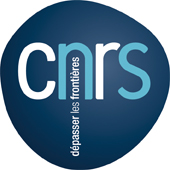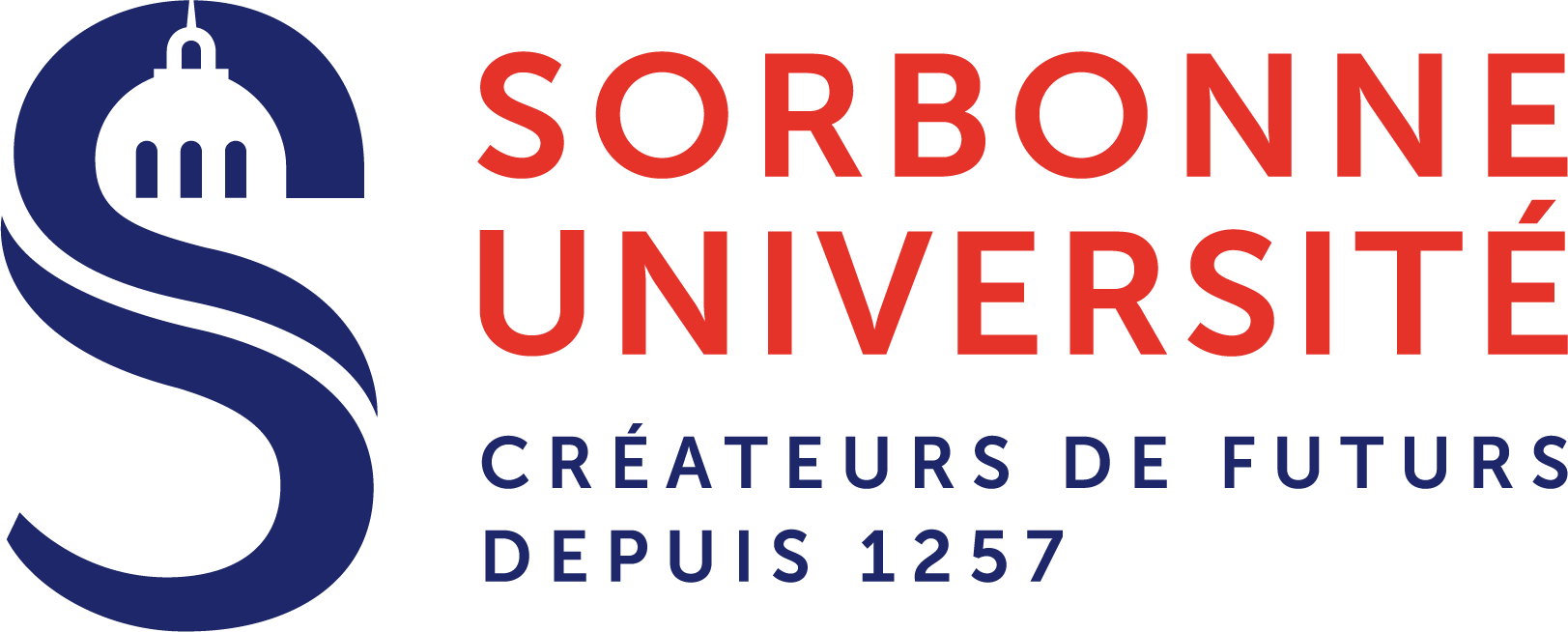Augmenting Fab Labs
Project Summary
Fab labs are workshops which make powerful fabrication machines available to a wide audience to create physical and computational artifacts. The machinery available in fab labs was previously solely available to experts, partly because it is expensive and partly because their use requires a certain level of expertise. Yet no prior knowledge is required to become a fab lab user, and the main ways in which users can acquire knowledge is through tutorials offered by fab lab staff, through guides and documentations found online, and through free exchange between users. However, documentation is mostly seen as a burden and thus commonly neglected by fab lab users.
Recognizing both the importance of sharing knowledge and the overhead that documentation puts on users, we aim with this project to integrate knowledge documentation into the fabrication process such that (1) the extra effort required to document is considerably reduced, and (2) users experience the benefit of documenting their activities more directly by being able to make immediate use of prior knowledge during their fabrication activities.
Our approach consists of applying the principles of information visualization in the physical context of fab labs. More specifically, we apply the concept of situated visualization. Simply showing information on a regular computer screen is maladaptive to the requirements of physical environments where people tend to move around to accomplish different tasks. However, with the use of situated visualization techniques that show data when and where they are most relevant, data can be shown in close proximity to the place where a user is working thereby adapting gracefully to the requirements of fab lab activities. Our proposal is the first attempt to combine two emerging and growing research areas in information visualization – situated analytics – and in human computer interaction – interaction techniques for fabrication.
Situated data visualization show data directly near the physical space, object, or person generating the data. They have many potential benefits such as making information in environments visible such that the data can analyzed in the physical context that generated the data. Furthermore they make it easier to adapt one’s actions in the physical world in real-time based on the shown data. Finally, they support collaborative analysis by people sharing the same environment. All of these properties make them a well-adapted choice for the use in physical fab lab environments.
Project Timeline
The project effectively started in October 2019 with the recruitment of Clara Rigaud as a PhD student. The on-going COVID-19 pandemic may however lead to delays since all makerspaces and the Sorbonne University FabLab have been closed to the public since March 2020.
People involved in this project
- Yvonne Jansen (CR CNRS, principal investigator)
- Christian Simon (MdC SU, collaborator)
- Clara Rigaud (PhD student, Oct 2019 – Sep 2022)
- Vincent Roudaut (Engineer, Nov 2019 – Oct 2020)
- Arthur Grisel-Davy (Intern, Jun – Aug 2019)
- Delphine Son (Intern, Jul – Aug 2018)
- Tiffany Wun (Intern, May 2018 – Jul 2018)
- Kevin Jabbour (Intern, March 2020 – Aug 2020)
The project afFABle is financed by a young researcher project grant (JCJC) of ANR, the French national research agency.


